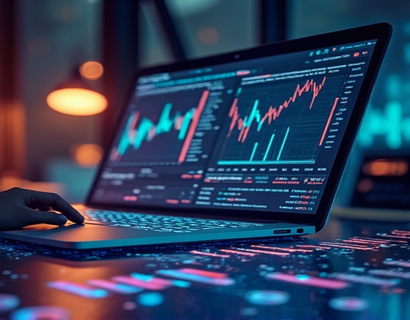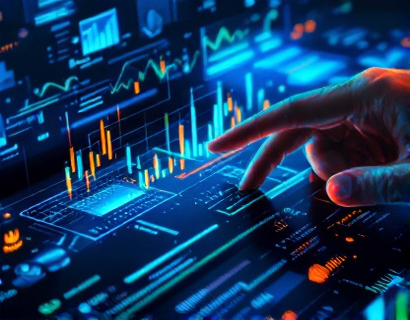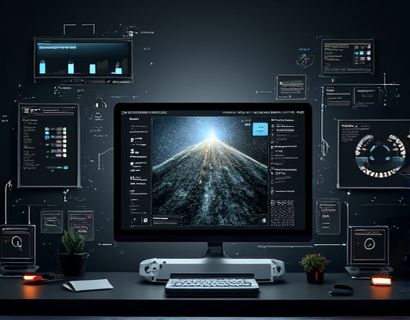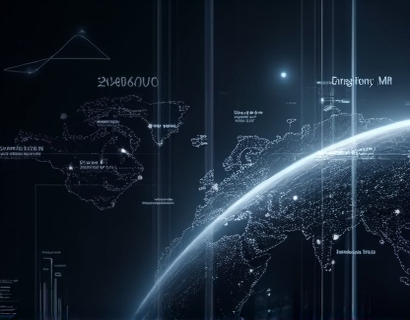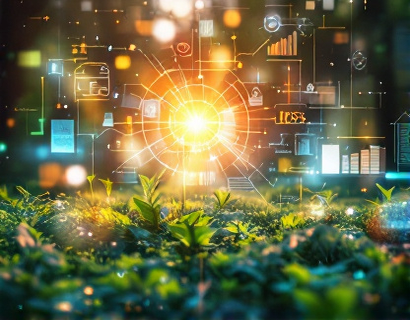Maximizing Aquaponics Business Success with Advanced Management Software
In the rapidly evolving world of sustainable agriculture, aquaponics stands out as a promising method that combines fish farming and hydroponic plant cultivation in a symbiotic environment. For aquaponics businesses, managing the intricate balance between water quality, fish health, and plant nutrition is crucial for success. Advanced management software plays a pivotal role in streamlining operations, boosting productivity, and enhancing sustainability. This article delves into how leveraging sophisticated software can transform aquaponics management, ensuring a thriving ecosystem and a more sustainable future.
Understanding the Challenges of Aquaponics Management
Aquaponics systems are complex, involving multiple interdependent components. Maintaining optimal conditions for both fish and plants requires constant monitoring and precise adjustments. Key challenges include water quality management, nutrient balance, pH levels, temperature control, and disease prevention. Traditional management methods often rely on manual measurements and observations, which can be time-consuming and prone to human error. Advanced management software addresses these challenges by providing real-time data, automated alerts, and comprehensive analytics.
Key Features of Advanced Management Software
Modern management software for aquaponics is designed to integrate various system components and provide a holistic view of the operation. Some of the key features include:
- Real-time monitoring of water parameters such as pH, ammonia, nitrite, nitrate, and temperature
- Automated alerts for parameter deviations, ensuring prompt corrective actions
- Comprehensive reporting tools for tracking system performance and historical data
- Integration with control systems for automated adjustments to pumps, filters, and aerators
- Nutrient management tools to optimize feeding schedules and reduce waste
- Growth monitoring and yield analysis to enhance plant production
- Energy consumption tracking to improve efficiency and reduce costs
These features collectively contribute to a more efficient, reliable, and sustainable aquaponics operation.
Streamlining Operations with Automation
One of the most significant benefits of advanced management software is the automation it brings to aquaponics operations. Automated control systems can adjust parameters in real-time based on predefined thresholds, reducing the need for manual intervention. For example, if the pH level drops below a certain point, the system can automatically add alkaline substances to restore balance. This not only saves time but also ensures that conditions remain optimal for both fish and plants, leading to better health and higher yields.
Automation also extends to feeding systems. By integrating with feed dispensers, the software can manage feeding schedules based on the growth stage of the fish and the bioload of the system. This precision feeding minimizes overfeeding, which can lead to water quality issues and wasted resources. Additionally, automated data logging and analysis help in making informed decisions about feeding practices, further optimizing the system.
Enhancing Productivity through Data Analytics
Data is the backbone of any successful business, and in aquaponics, it is even more critical due to the complex interactions within the system. Advanced management software provides robust analytics tools that help farmers make data-driven decisions. By analyzing historical data, farmers can identify trends, optimize processes, and predict potential issues before they become critical.
For instance, growth analytics can reveal the most effective feeding regimens and environmental conditions for maximum plant yield. Similarly, monitoring fish health data can help in early detection of diseases, allowing for timely interventions. These insights not only improve productivity but also contribute to the overall sustainability of the operation by reducing resource waste and environmental impact.
Promoting Sustainability with Eco-Friendly Practices
Sustainability is a core value in modern aquaponics, and advanced management software plays a crucial role in achieving this goal. By optimizing resource use and minimizing waste, the software helps reduce the environmental footprint of aquaponics operations. For example, precise nutrient management ensures that excess nutrients are minimized, preventing runoff that can harm local water bodies. Similarly, energy consumption tracking allows farmers to identify inefficiencies and implement energy-saving measures.
Moreover, the software can assist in achieving certifications and compliance with environmental regulations. Detailed records and reports can be generated to demonstrate adherence to sustainability standards, opening up new market opportunities and enhancing the farm's reputation.
User-Friendly Interfaces for All Levels of Expertise
One of the most significant advantages of advanced management software is its user-friendly interface, designed to be accessible to users with varying levels of technical expertise. Whether you are a seasoned aquaponics farmer or just starting, the software provides intuitive tools and guided setups to ensure a smooth transition. This accessibility encourages wider adoption and helps smaller operations scale efficiently.
The interface typically includes dashboards that display key metrics at a glance, making it easy to monitor the health of the system. Interactive charts and graphs provide deeper insights, while step-by-step guides and tutorials support users in maximizing the software's capabilities. This user-centric design ensures that the benefits of advanced technology are available to all, fostering a more inclusive and innovative aquaponics community.
Integration with Other Technologies
Advanced management software for aquaponics is not an isolated solution; it integrates seamlessly with other technologies to create a comprehensive smart farming ecosystem. For example, IoT devices can be connected to the software to provide real-time data from sensors placed throughout the facility. This integration allows for a more granular and accurate monitoring of conditions, enhancing the overall management of the operation.
Additionally, the software can interface with weather forecasting services to adjust system parameters proactively based on upcoming weather conditions. This predictive capability helps in maintaining optimal conditions despite external factors, further ensuring the health and productivity of the aquaponics system.
Case Studies and Success Stories
Several aquaponics businesses have already seen significant improvements by adopting advanced management software. One notable example is a medium-sized farm that implemented a comprehensive management system. Within six months, the farm reported a 30% increase in plant yield and a 25% reduction in energy consumption. The automated monitoring and control systems allowed the farm to maintain optimal conditions consistently, leading to healthier fish and plants.
Another case involves a small-scale operation that used the software to transition from manual to automated feeding. The farm observed a 40% reduction in feed waste and a 15% increase in fish growth rates. These tangible results highlight the practical benefits of advanced management software in enhancing both efficiency and sustainability.
Future Trends and Innovations
The aquaponics industry is continually evolving, and advanced management software is at the forefront of this transformation. Future trends include the integration of artificial intelligence and machine learning to further optimize system performance. AI can analyze vast amounts of data to identify patterns and make predictive recommendations, enabling even more precise control and automation.
Additionally, the development of more sophisticated sensors and connectivity options will enhance the data collection capabilities, providing even more detailed insights. As the technology advances, the software will become more intuitive and user-friendly, making it accessible to a broader range of farmers and businesses.
Conclusion
Advanced management software is a game-changer for aquaponics businesses, offering a suite of tools that streamline operations, boost productivity, and enhance sustainability. By embracing these technologies, aquaponics farmers can achieve greater efficiency, reduce environmental impact, and contribute to a more sustainable future. The journey towards a smarter, more sustainable aquaponics industry is just beginning, and advanced management software is leading the way.









